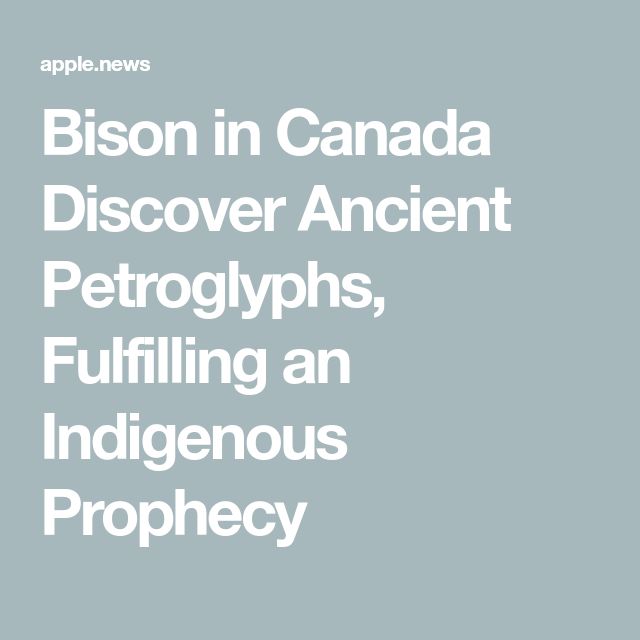The Bahá’í teachings encompass a profound spiritual framework that transcends cultural boundaries, emphasizing unity, peace, and the essential harmony of all religions. Central to this enlightening belief system is Bahá’u’lláh, the Prophet-founder of the Bahá’í Faith, whose revelations are believed to fulfill ancient prophecies and address the spiritual needs of humanity in contemporary times. One particularly intriguing aspect is the correlation between Bahá’í teachings and Indigenous prophecies, specifically surrounding the Return of Ulikrón, a significant figure in certain Indigenous narratives in Panama.
Understanding Bahá’u’lláh’s teachings requires delving into the concept of divine revelation. Bahá’í texts articulate that God periodically sends messengers or prophets—called Manifestations of God—who convey vital spiritual truths appropriate for the contemporary age. Bahá’u’lláh is regarded as the latest of these Manifestations, bearing testimony to a new epoch in spiritual evolution. This premise invites exploration of how Bahá’u’lláh’s message resonates with Indigenous wisdom, particularly those narratives rooted in the Panamanian landscape.
Indigenous prophecies often embody profound wisdom pertaining to creation, communal harmony, and the cycles of time. The Return of Ulikrón is imbued with symbolic meaning, representing the resurgence of spiritual consciousness and the coming of a transformational leader. The parallel between Ulikrón and Bahá’u’lláh sheds light on the interconnectedness of different belief systems, illuminating how divine messages may echo across cultures and epochs. Thus, this discussion bifurcates into the links between Bahá’í teachings and Indigenous narratives.
Firstly, in examining Bahá’u’lláh’s teachings, we encounter principles that align with Indigenous values. The tenets of oneness of humanity and the elimination of prejudice are particularly salient. These principles echo many Indigenous beliefs, emphasizing a connectedness to nature and to each other. The Bahá’í emphasis on global sisterhood and brotherhood resonates with the communal ethos found in Indigenous cultures, advocating for mutual respect and understanding amid diverse cultural expressions.
Furthermore, the teachings of Bahá’u’lláh advocate for the sanctity of the earth and regard the natural world as a reflection of divine bounty. This reverence aligns with Indigenous beliefs that view nature as sacred, embodying the spirits of ancestors and the interconnectedness of all living beings. The Bahá’í focus on environmental stewardship parallels Indigenous approaches to land management, which prioritize sustainable practices that heal rather than exploit natural resources.
The complementary narratives found within Bahá’í scripture and Indigenous wisdom converge upon the notion of prophecy fulfillment. Indigenous prophecies often speak of a time of harmony wherein historical grievances are reconciled, and spiritual truths converge. Within the Bahá’í Faith, the return of a “Promised One” heralds an era of peace. This shared emphasis on prophetic fulfillment shows how divergent cultures can appreciate a unified vision of hope and redemption.
A notable element of the Bahá’í Faith, as it pertains to the Return of Ulikrón, is the practice of consultation and inclusive decision-making. This method reflects a democratic spirit that resonates with Indigenous governance models, which traditionally rely on consensus and community involvement. Such practices could serve to enhance community building and strengthen social ties among groups inspired by Bahá’í principles as well as Indigenous practices.
The dialogue between Bahá’í teachings and indigenous prophecies invites a re-examination of cultural histories and spiritual identities. It encourages both groups to seek common ground, fostering mutual appreciation for the artistic, spiritual, and historical narratives that define them. The adaptation of Bahá’í principles by Indigenous communities can lead to invigorated traditions that harmonize with contemporary global challenges.
The interaction of these diverse teachings further manifests in arts and community development projects that celebrate Indigenous culture through a Bahá’í lens. Art has the ability to transcend barriers, communicating profound truths through visual and performing mediums. Collaborative initiatives may include storytelling, crafting, and music—each fostering inter-cultural dialogue that deepens understanding and appreciation for both traditions.
In the context of Panama, the implications of the Return of Ulikrón can thus be reaffirmed and celebrated through a continuum of shared beliefs. By actively engaging in conversations centered around protection of cultures and the significance of shared prophecies, individuals can foster an environment conducive to collective healing and a brighter future for all, guided by both Indigenous and Bahá’í ethical frameworks.
Conclusively, the teachings of Bahá’u’lláh and the Indigenous prophecy of Ulikrón invite profound reflection. The explorative synergy between these narratives fosters a larger narrative of unity and collective purpose. As individuals and communities strive to honor these teachings, they partake in the unfolding of a new age of understanding and cooperation, rooted deeply in shared values and aspirations. The dialogue does not merely satisfy intellectual curiosity but serves as a vital catalyst for societal growth, bridging gaps between historically disparate worlds.
